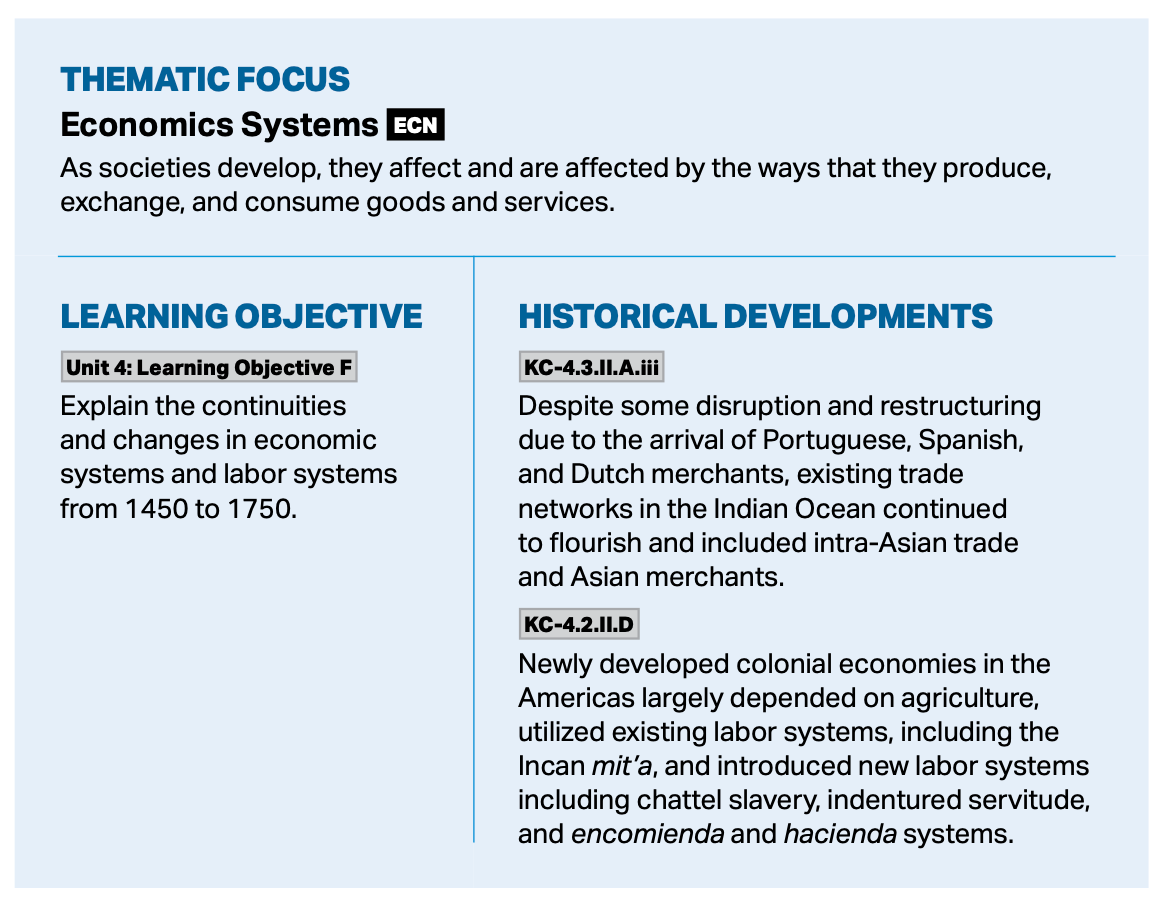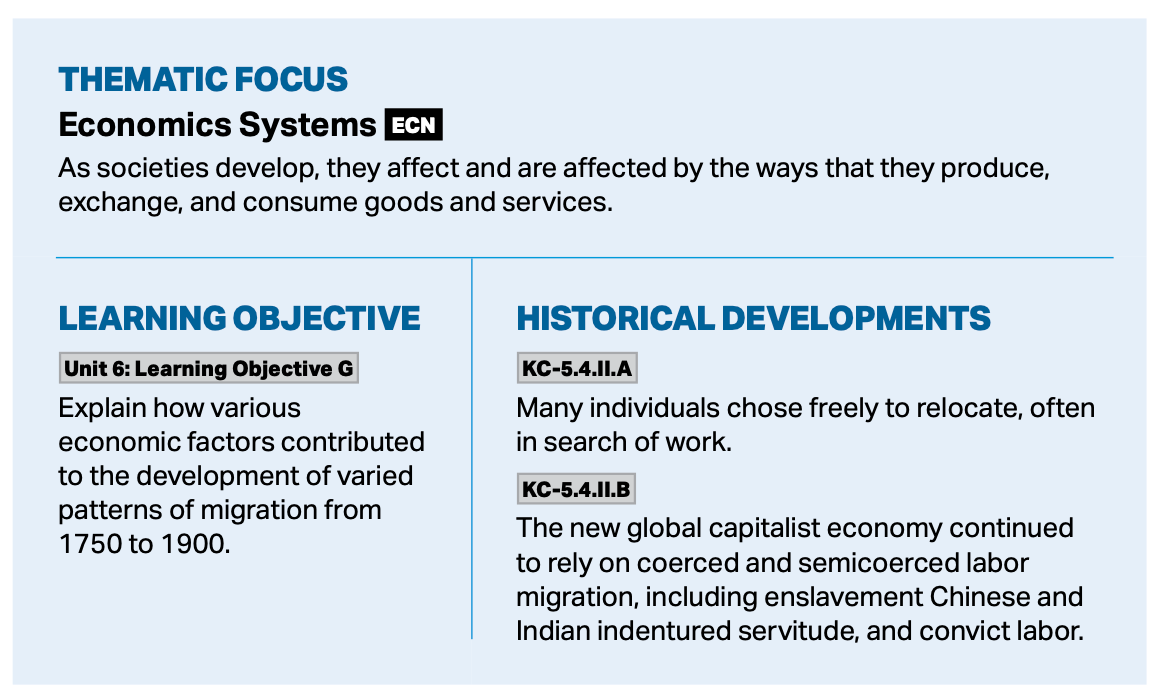“The Number of Chinese Appears to be Very Considerable”: The Chinese Diaspora in Southeast in the Early Nineteenth Century
A discussion of how to teach Chinese migration to Southeast Asia in the early nineteenth century





One of the highlights of many first trips to Thailand is visiting a floating market. Hawkers in small boats fill the rivers and canals. They sell everything from fresh produce to clothing to cooked meals. And while these markets sometimes feel like they exist for tourists, they have existed for centuries. We can use an early British description of one of these markets to introduce students to the long tradition of Chinese diaspora communities throughout Southeast Asia and intra-Asian trade.

This Content is for Subscribers on the Buy Me Lunch and Buy Me Dinner tiers
SubscribeAlready have an account? Log in



